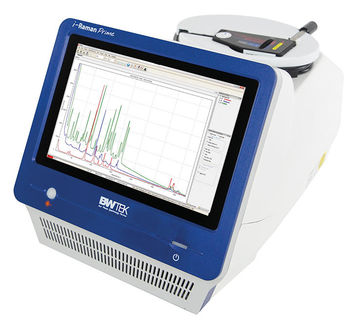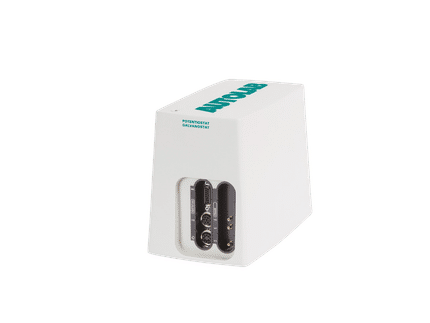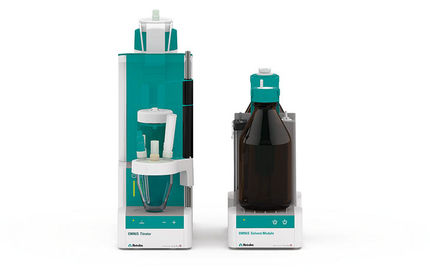To use all functions of this page, please activate cookies in your browser.
my.chemeurope.com
With an accout for my.chemeurope.com you can always see everything at a glance – and you can configure your own website and individual newsletter.
- My watch list
- My saved searches
- My saved topics
- My newsletter
Gattermann reactionThe Gattermann rection, named for the German chemist Ludwig Gattermann, in organic chemistry refers to a reaction of hydrocyanic acid with an aromatic compound, in this case benzene, under catalysis with Friedel-Crafts catalyst (aluminium chloride).[1] The reaction is similar to the Friedel-Crafts reaction Product highlightIt should not confused with the reaction where a diazonium salt is converted to an aryl halide by using copper powder and hydrochloric acid as opposed to using cuprous salt of the halide as in the Sandmeyer reaction.[2] Although in some articles and books this reaction is also called Gatterman reaction.[3] See also
References
|
| This article is licensed under the GNU Free Documentation License. It uses material from the Wikipedia article "Gattermann_reaction". A list of authors is available in Wikipedia. |







